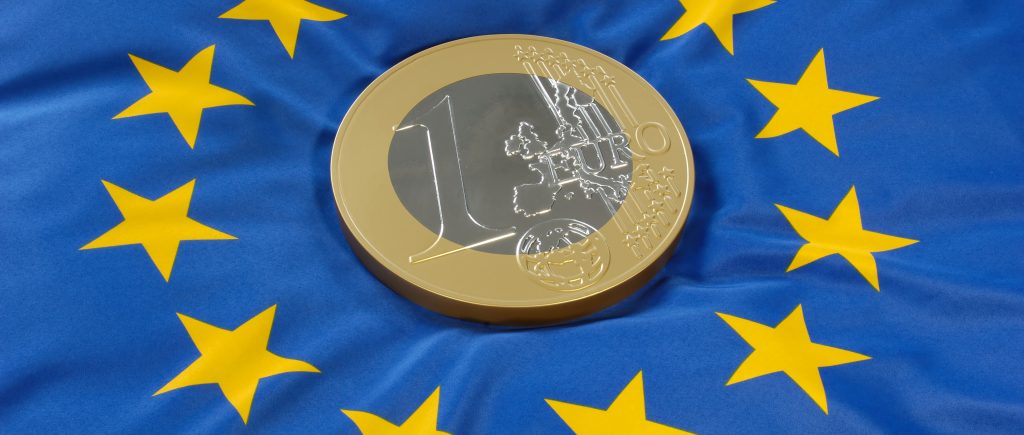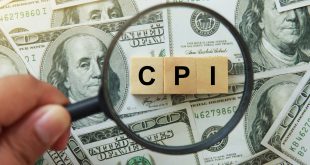The EUR/USD pair is consolidating around 1.1300 as of May 1, 2025, reflecting a pause in its recent ascent. Despite short-term technical hesitation, the euro’s bullish trend remains robust, driven by diverging economic and policy developments in the Eurozone and the United States. This article analyzes the fundamental factors shaping the pair’s performance, argues that the euro’s strength is underpinned by structural advantages, and highlights key technical levels to watch, emphasizing a fundamentals-driven outlook.
Eurozone Developments Bolstering the Euro
The Eurozone’s economic resilience is a key driver of the euro’s strength. April 2025 PMI data indicate steady manufacturing and services growth, particularly in Germany and France, which account for over half of the region’s GDP. Germany’s proposed €500 billion infrastructure fund has boosted investor confidence, signaling proactive fiscal stimulus to counter global trade tensions. ECB President Christine Lagarde’s cautious approach to rate cuts—maintaining rates to curb inflation at 2.3% per the Harmonised Index of Consumer Prices (HICP)—supports the euro by preserving yield attractiveness. Additionally, the Eurozone’s current account surplus reflects capital inflows, further strengthening the currency. These factors, combined with reduced energy price pressures compared to 2022, position the euro as a relative safe haven amid global uncertainty.
U.S. Policies Weighing on the Dollar
In contrast, U.S. economic and policy developments are pressuring the dollar. The Trump administration’s tariffs—145% on Chinese imports and levies on Canada and Mexico—have sparked recession fears, with a 42% probability of contraction priced into prediction markets. These tariffs risk inflating consumer prices, complicating the Federal Reserve’s ability to cut rates, as noted by Fed Chair Jerome Powell’s recent hawkish remarks. U.S. GDP contracted in Q1 2025, per preliminary data, undermining confidence in American assets. Investor sentiment reflects a “sell America” trend, with capital outflows boosting the euro, yen, and Swiss franc. Posts on X highlight this shift, noting the euro’s rise as a function of dollar weakness rather than Eurozone outperformance. The U.S. Dollar Index (DXY) has dipped below 100, its lowest since July 2023, amplifying the EUR/USD’s upward bias.
Technical Foundations Reinforce Fundamentals
Technically, the EUR/USD’s bullish structure is intact, supported by fundamental alignment. The 20-day, 100-day, and 200-day Simple Moving Averages, all trending upward below 1.1300, form a robust support zone near 1.1275, with additional floors at 1.1258 and 1.1224. The 30-day Exponential Moving Average reinforces this dynamic support. Resistance lies at 1.1334, 1.1337, and 1.1379, with a break above 1.1334 potentially targeting 1.15, a level last seen in 2021. The Relative Strength Index (RSI) at 55 indicates room for upside, though a bearish MACD suggests short-term consolidation. Fundamentally, the Eurozone’s stability and U.S. policy uncertainty align with this technical setup, favoring bulls. Critics argue that ECB rate cuts could weaken the euro, but current data suggest inflation control takes precedence, limiting dovish shifts.
The EUR/USD’s pause near 1.1300 masks a fundamentally driven bullish trend. The Eurozone’s economic steadiness and fiscal initiatives contrast with U.S. tariff-induced uncertainty and growth concerns, tilting the balance toward the euro. Traders should monitor support at 1.1275 for buying opportunities and resistance at 1.1334 for breakout signals. As global markets navigate trade disruptions, the euro’s resilience—rooted in solid fundamentals and technical support—positions it for further gains, potentially testing 1.15 in the near term.

 Noor Trends News, Technical Analysis, Educational Tools and Recommendations
Noor Trends News, Technical Analysis, Educational Tools and Recommendations




